A look through our portfolio clearly demonstrates our appreciation for architectural wall treatments like beadboard, shiplap, flush boards, paneling, and more. Originally used for insulation and sound absorption, wall trim is now widely applied to grant a sense of character to a home in an economical way, transforming flat planes with texture and pattern. Below, some of our favorite strategies for dressing a room with timeless wall elements that live beautifully for modern day.
A wall replete with trim can give an instant visual cue to the overall architectural style and sensibility of a home. These added elements give the extra bit of detail to a house to make it read as a full composition and impart a finished look. Trim can transform a space dramatically, telling the story of a historic property or one that has been reinterpreted in a more contemporary way. Now that these elements are universally available in MDF, the details can be as functional and economical as they are beautiful without the old issues of expansion, contraction, and a seemingly endless need for touched up paint.
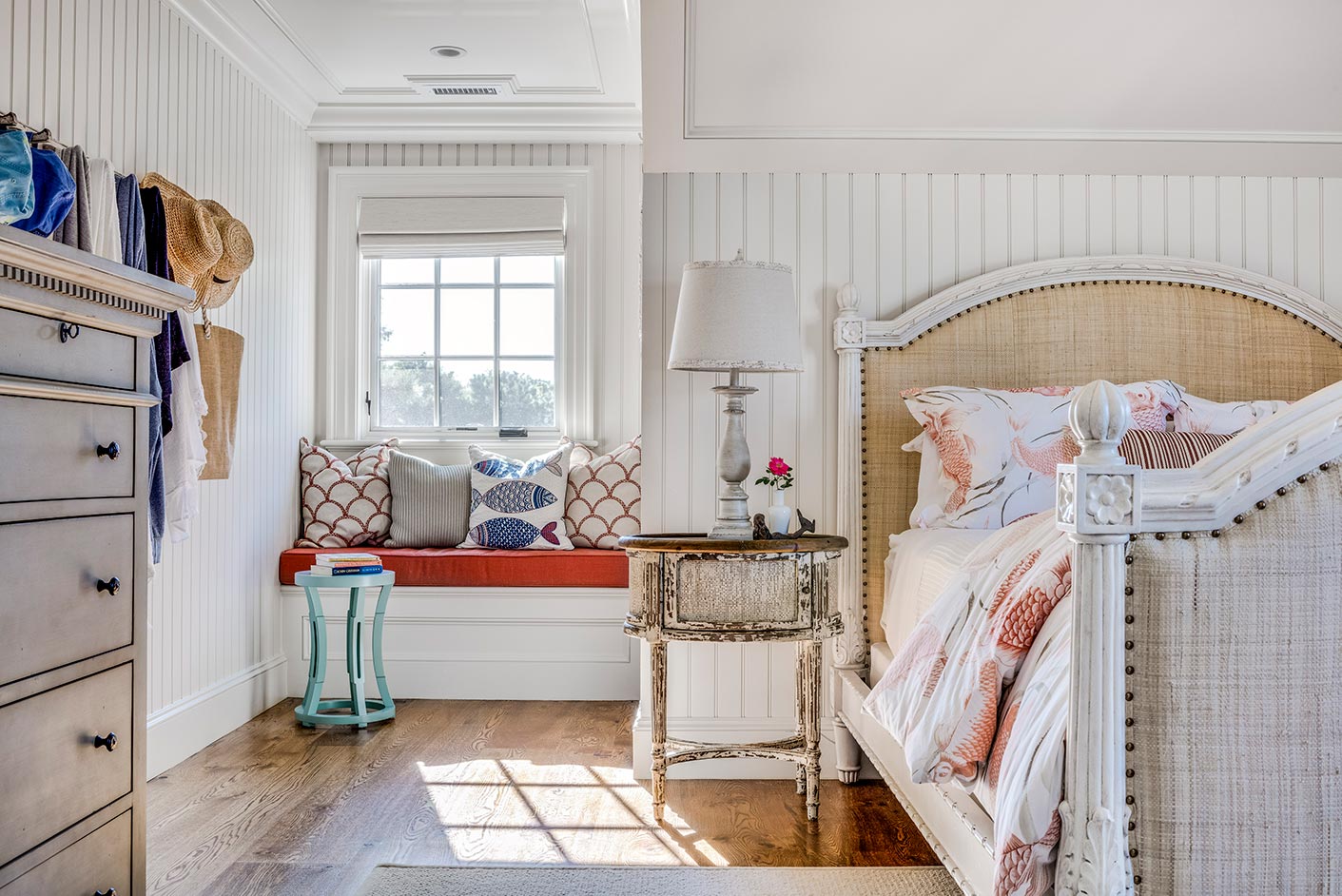
Beadboard
In homes of the traditional New England vernacular, we like to use 3” beadboard wall paneling to communicate timeless character. Additionally, in spaces of larger volume, we’ll include 6” beadboard on the ceiling in between cased beams or openings to warm the space and impart a cozier cottage or coastal feel.
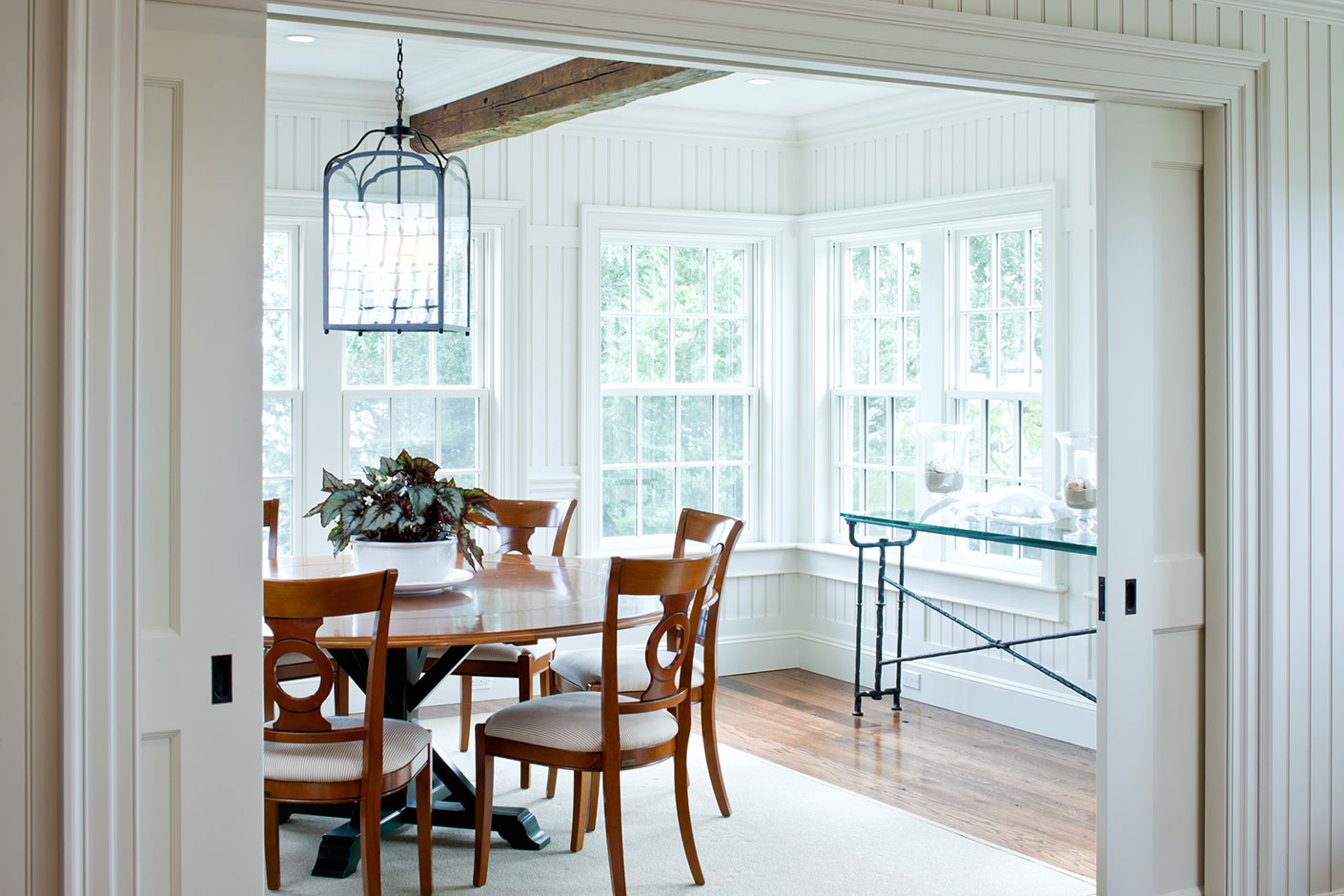
More informal than full wall paneling, we typically add beadboard to kitchens and mudrooms and some secondary spaces like family rooms or tertiary spaces like hallways and galleries. Like all wall trim, beadboard can be painted to give an updated take on the traditional white; sometimes we see this expression on a kitchen island or in an office in particular.
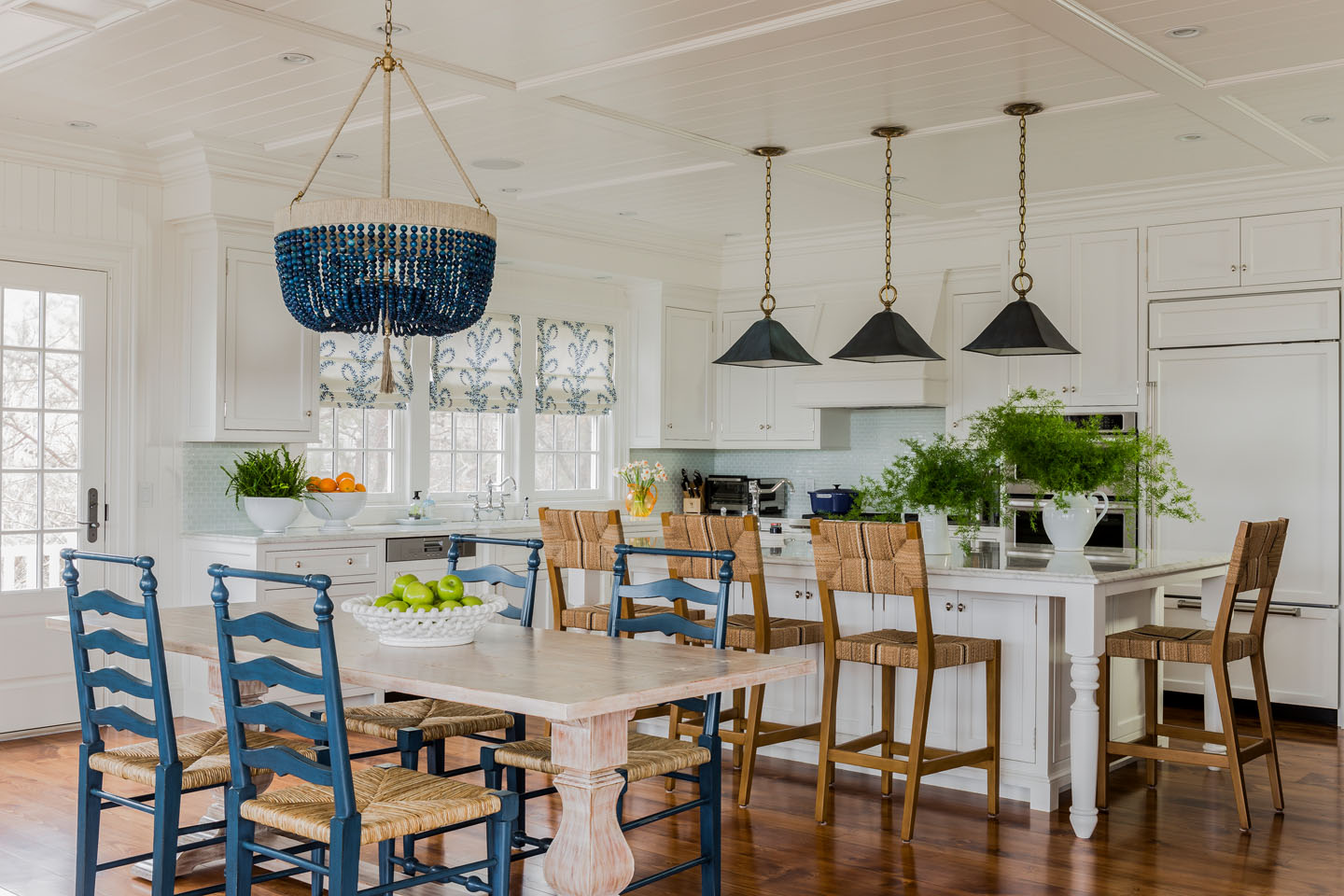
Shiplap
Very much de rigueur, nickel gap and shiplap has taken walls by storm. No longer just for barn exteriors, this horizontally-oriented wall covering with a channel bead has made its mark with lines that are on trend. A modern response to a traditional material, nickel gap and shiplap is found in some of our newer projects largely due to client requests for timeless exteriors with updated interior finishes.
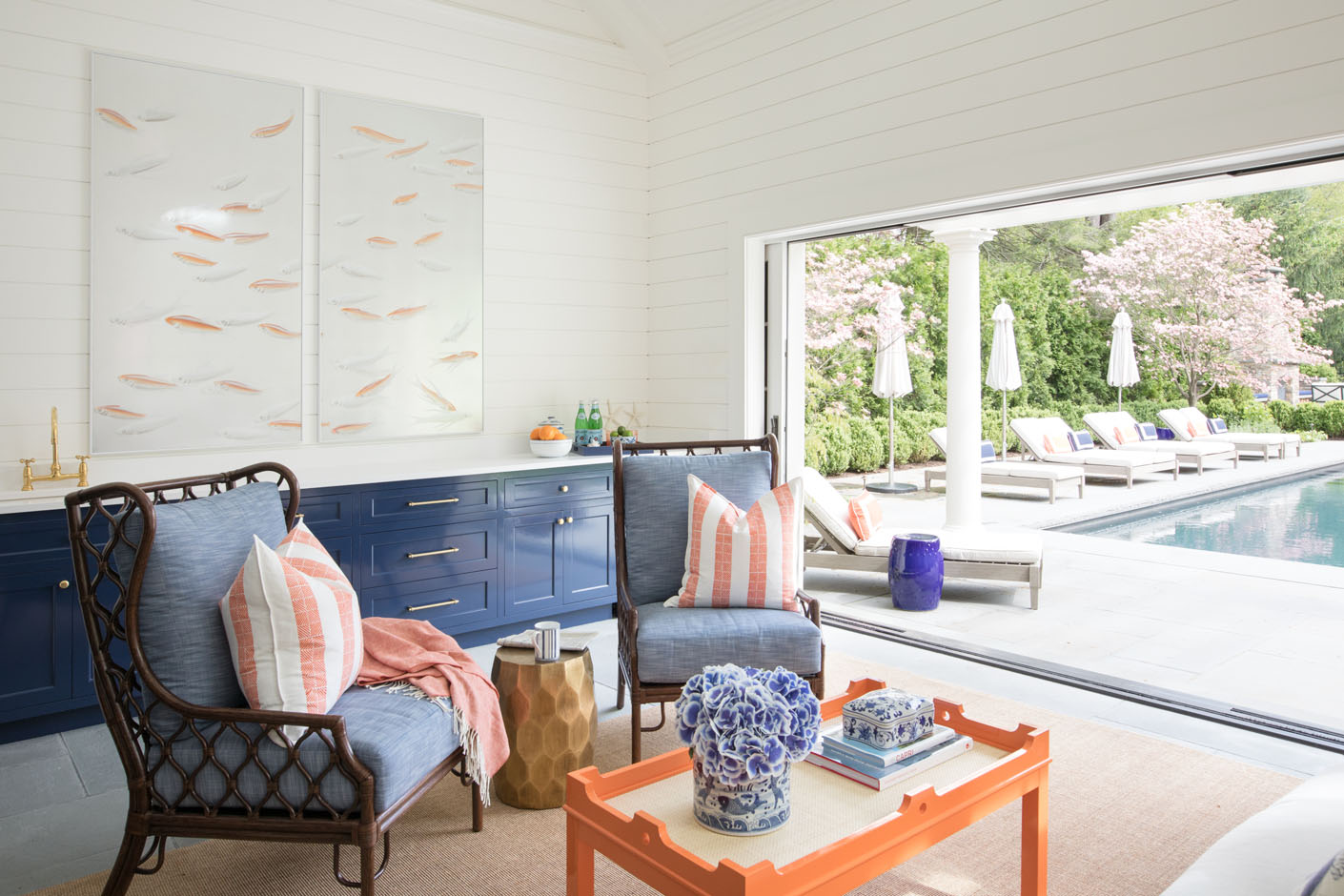
Wall paneling
Imparting perhaps the most traditional sensibility, formal wall paneling can be found in the vast majority of our projects with large formal living spaces. Instead of opting for small panels which can look busy, we pay close attention to scale and choose large panels that best complement client artwork and furnishings. Dressed with large panels and window treatments, a room is given an instant sense of sophistication and class. While traditionally custom milled out of wood, we look to install large panels made of MDF which take paint without issue and don’t expand or contract.
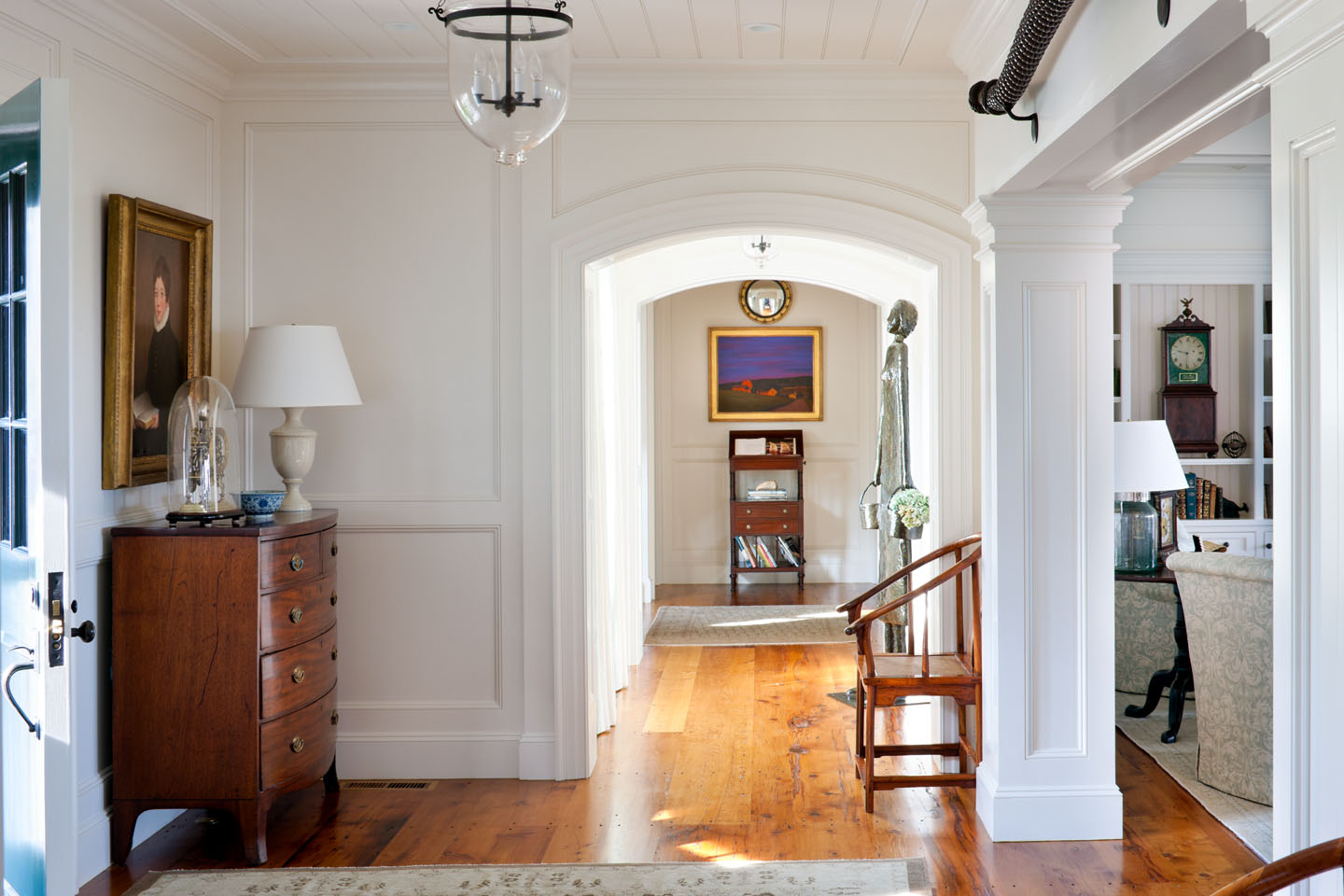
Flush boards
At the opposite end of the spectrum, flush boards are applied wall trim which can be used to communicate rustic charm. Without a rounded edge and placed next to each other vertically, we use flush boards in new homes where we want to imply history. In this way, architectural character is added without fuss or formality, and the home is imbued with age.
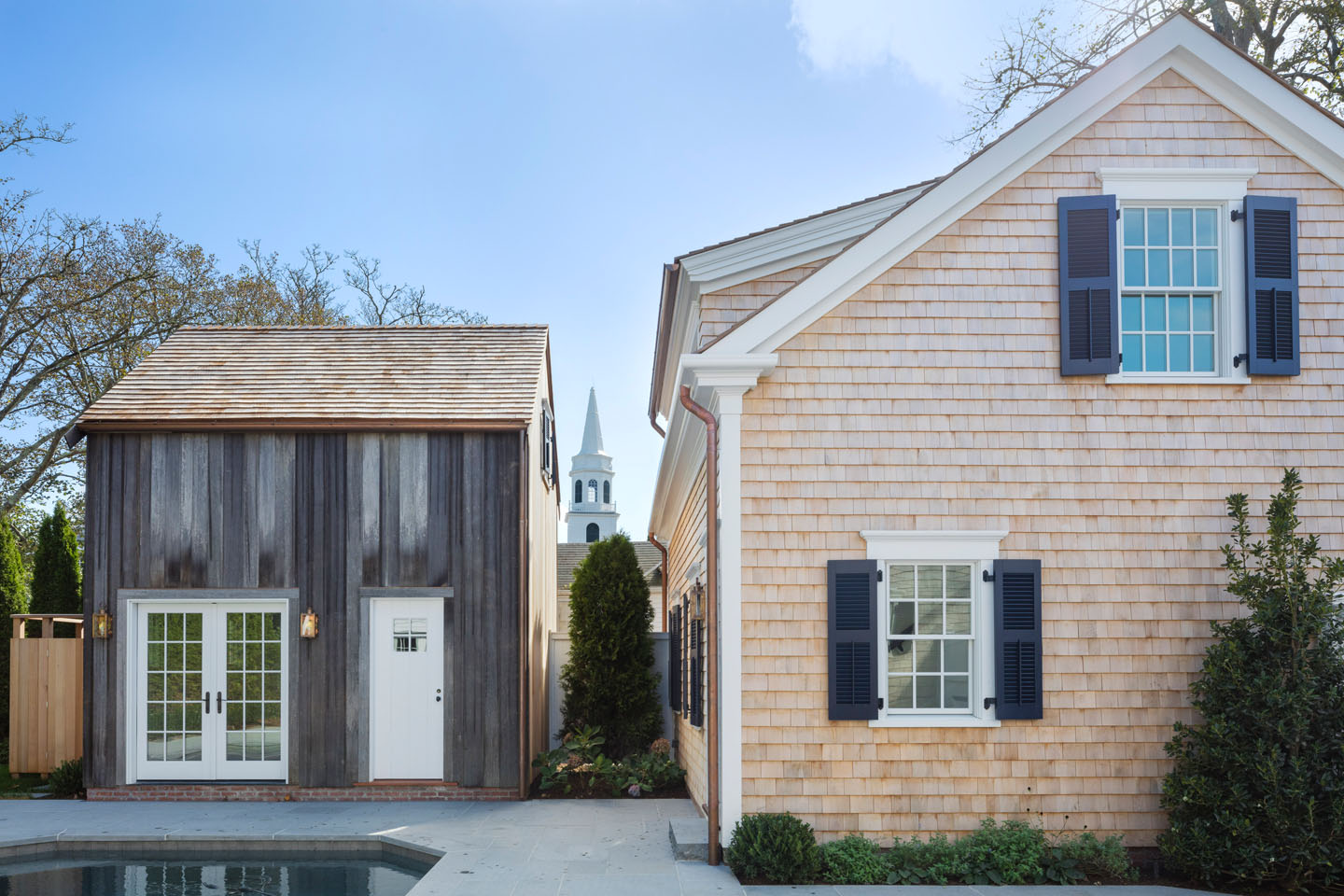
Adding wall trim to an existing space is a simple way to achieve architectural impact without significant investment. Should thoughts of wall treatments have you completely reimagining the story of your home, contact us to learn how we can help rewrite the narrative. In the interim, we invite you to find meaningful inspiration in our portfolio.